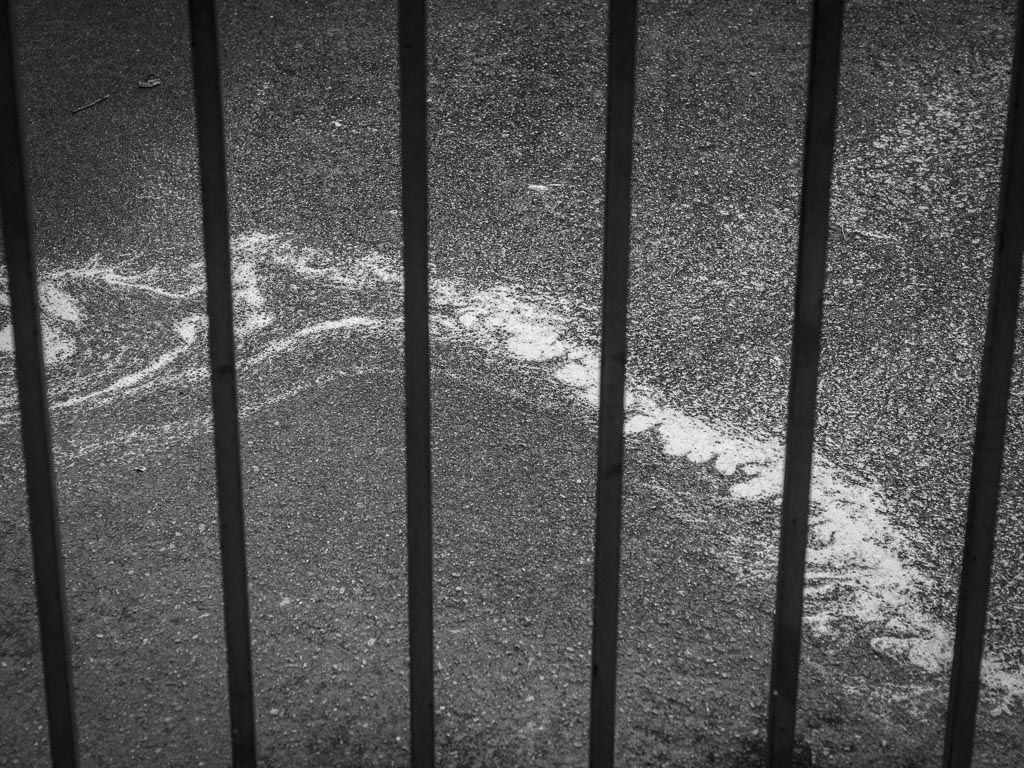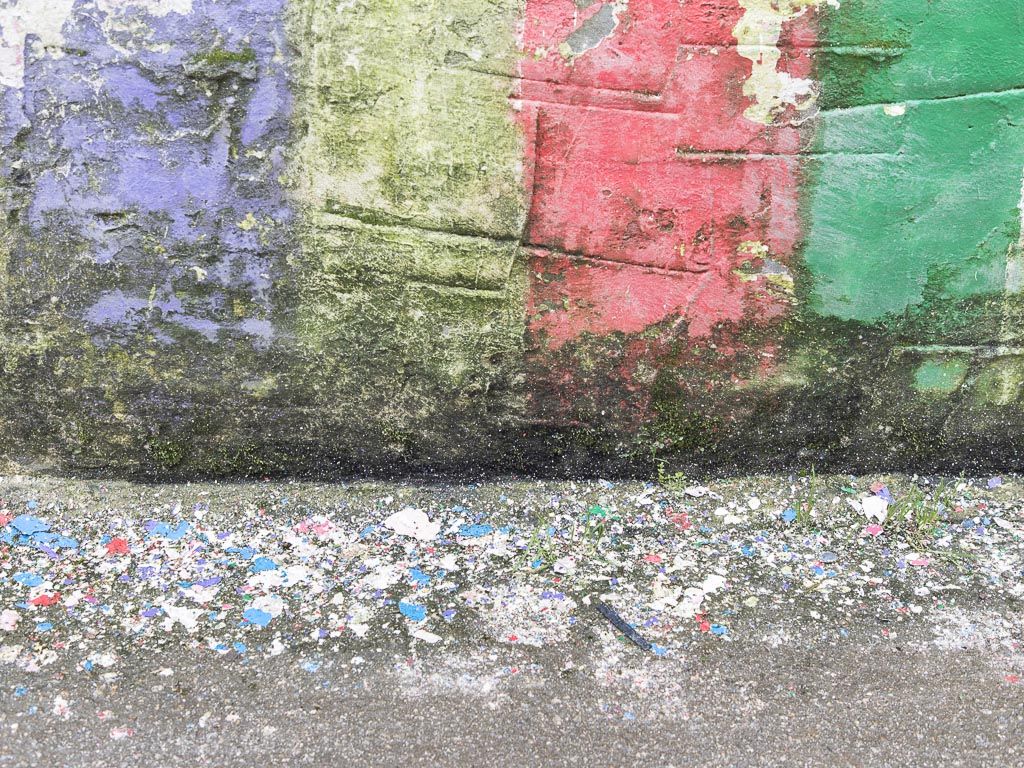Opus Zero
Todo comenzó con esta fotografia a mediados de 2020… En aquellos tiempos, una comunidad de fotógrafos local en la que participaba (Ollo Atlántico) publicaba en las redes sociales dípticos fotográficos. Se exploraban las capacidades narrativas de este tipo de composiciones y todo el mundo se animaba a experimentar distintos tipos de combinaciones. En algún momento, la fotógrafa ferrolana Malena Carballo tuvo la ocurrencia de llamar a una de sus composiciones con el término italiano “dueto”.
Por definición, un dueto es “composición musical escrita para ser interpretada por dos instrumentos o dos voces”, y esto disparó la idea de crear una verdadera composición concertante para imagen y piano. Asi que, imprimí la fotografía y le solicité a mi hijo Brais González -pianista y compositor- que escribiese una breve pieza musical, de tan solo 4 compases, en respuesta a la imagen que coloqué en el atril de su piano.
Sin comprender de forma precisa en que forma este pie de foto musical anclaba el significado de la imagen fotográfico -y en cierto modo, espoleado por la retórica visual de Barthes- me pareció oportuno explorar por extensión las posibilidades de semióticas del experimento y decidí ampliar la invitación a otros compositores. Para ello, incorporando la dinámica del proyecto en mis rutinas fotográficas, y me dediqué durante las siguientes semanas a producir una serie de imágenes “abstractas” en blanco y negro que pudiesen servir de inspiración a los autores. Según mis primeras anotaciones, contener las imágenes dentro de cierto nivel de abstracción otorgaría al compositor mas libertad de infundir significado a la fotografía propuesta, y dirigirían inevitablemente al espectador hacia la partitura en su búsqueda de respuestas.
Es inevitable que en el transcurso de la redacción de un proyecto colaborativo se produzca una evolución o redefinición de algunos parámetros iniciales, que se enriquece con las aportaciones, comentarios y sugerencias de otros creadores. Por ejemplo, la partitura escrita en bolígrafo azul (Fernando Buide) me llevó a considerar la posibilidad de introducir el color en las imágenes, y esto dio resultado a algunas fascinantes composiciones que establecieron su dialogo con atributos cromáticos de la imagen (ver Joan Magrané, Ulrike Hage o Karim Haddad). La incorporación del color en las series fotográficas tendrá un peso fundamental en la posterior edición, estructura y conceptualización de la obra final.
La obra del compositor Brais González también evolucionó a una segunda versión, aprovechando la introducción de un pliego translucido requerido por la composición de Derek Hurst. La dificultad técnica se convirtió, en este, caso en oportunidad creativa.
It all started with this photograph in the mid 2020s… At that time, a local community of photographers in which I participated (Ollo Atlántico) published photographic diptychs on social networks. The narrative capacities of this type of compositions were explored and everyone was encouraged to experiment with different types of combinations. At some point, the Ferrol photographer Malena Carballo had the idea of naming one of her compositions with the Italian term “duet”.
By definition, a duet is “a musical composition written to be performed by two instruments or two voices”, and this triggered the idea of creating a real concertante composition for image and piano. So, I printed the photograph and asked my son Brais González -pianist and composer- to write a short piece of music, only 4 bars long, in response to the image I placed on his piano stand.
Without understanding precisely how this musical caption anchored the meaning of the photographic image – and in a way, spurred on by Barthes’ visual rhetoric – I thought it appropriate to explore by extension the semiotic possibilities of the experiment and decided to extend the invitation to other composers. To this end, I incorporated the dynamics of the project into my photographic routines, and devoted the following weeks to producing a series of “abstract” black and white images that could serve as inspiration for the authors. According to my early notes, containing the images within a certain level of abstraction would give the composer more freedom to infuse the proposed photograph with meaning, and would inevitably direct the viewer towards the score in their search for answers.
It is inevitable that in the course of writing a collaborative project there will be an evolution or redefinition of some initial parameters, which is enriched by the contributions, comments and suggestions of other creators. For example, the score written in blue pen (Fernando Buide) led me to consider the possibility of introducing colour into the images, and this resulted in some fascinating compositions that established their dialogue with chromatic attributes of the image (see Joan Magrané, Ulrike Hage or Karim Haddad). The incorporation of colour in the photographic series will have a fundamental weight in the subsequent editing, structure and conceptualisation of the final work.
The work by the composer Brais González also evolved into a second version, taking advantage of the introduction of a translucent sheet required by Derek Hurst’s composition. The technical difficulty became, in this case, a creative opportunity.
Transparencia simulada/Simulated transparency












